- Tick and Beetle have distinct physical characteristics that differentiate them from each other.
- Tick and Beetle have different feeding habits, with ticks primarily being blood-sucking parasites and beetles having a more varied diet.
- Tick and Beetle inhabit different habitats and exhibit different behaviors.
- Both ticks and beetles can pose health risks, with ticks being vectors for diseases and beetles causing allergic reactions and property damage.
- Ticks and beetles can be nuisances and have economic impacts, with ticks affecting livestock and beetles damaging crops and wooden structures.
- Prevention and control methods differ for ticks and beetles and depend on their specific characteristics and behaviors.
Tick Introduction
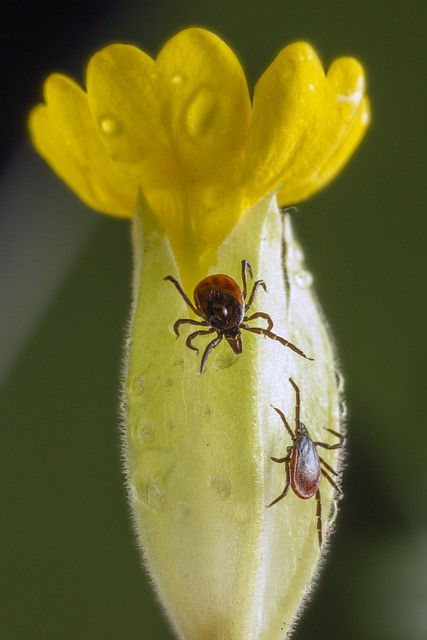
Ticks vary in size and color.
They have compact bodies with eight legs and a mouthpart for piercing skin. A hard exoskeleton shields them from crushing and dehydration.
They go through four stages: egg, larva, nymph, and adult.
Their feeding habits are bloodsucking from animals and humans.
Specialized mouthparts penetrate skin to access blood vessels. They feed by consuming a lot of blood over days.
This blood provides nutrients to grow and reproduce.
It isn’t just a nuisance; these parasites pose health risks too.
They spread diseases like Lyme, Rocky Mountain spotted fever, and babesiosis.
Symptoms range from mild flu-like illness to severe complications for the nervous system, heart, and organs.
It’s crucial to be aware of tick introduction to protect against potential health risks.
Beetle Introduction
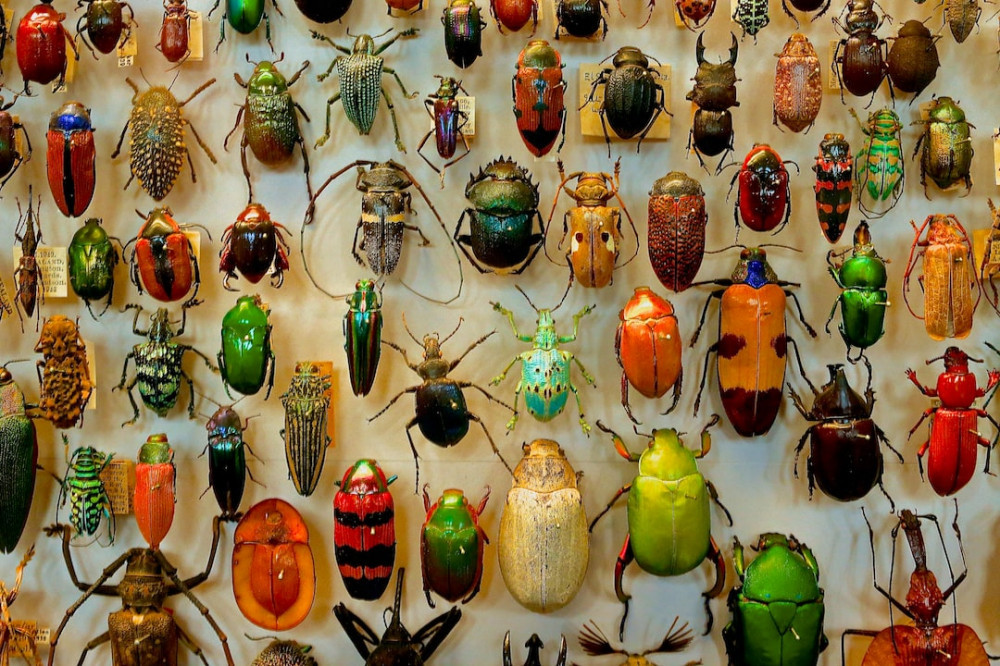
Beetles are an incredibly diverse group of insects that belong to the Coleoptera order.
They boast a hard exoskeleton, and unique wing covers which safeguard their delicate hind wings.
With over 400,000 known species, beetles are one of the most abundant animals on Earth.
These creatures come in several shapes, sizes, and colors.
Some have elongated bodies, while others are more compact.
Many also have intricate patterns on their exoskeletons, used as camouflage or danger warnings.
Beetles are present in almost every habitat, both on land and in water.
Some beetles are herbivorous, feeding on plants or decaying matter.
Others are predators, hunting for smaller insects. There are also species that scavenge carrion or act as scavengers.
A few specialize in consuming certain types of fungi or wood.
What sets beetles apart from other insects is their ability to survive in multiple habitats.
They have evolved complex behaviors and strategies to thrive in various conditions.
For example, some beetles use chemicals to defend themselves, or emit foul odors to deter predators.
Others have grown horns or spines for protection.
Physical Characteristics
Ticks and beetles, fascinating creatures with distinct physical characteristics, are the focus of this section.
Discover the unique traits and features that set ticks apart from beetles as we explore their physical characteristics.
From the size and shape to coloration and adaptations, we’ll delve into the diverse world of tick and beetle anatomy.
Prepare to be amazed by the wondrous details that make these creatures so extraordinary.
Tick Physical Characteristics
Ticks are arachnids which belong to the Acari subclass.
They are known for their parasitic feeding habits and exist in many habitats around the world.
Their physical features are quite unique, such as oval-shaped bodies and eight legs.
This allows them to crawl and cling onto surfaces, even skin.
In addition, they have a hard shell which shields their soft inner organs and helps them survive in tough conditions.
Tick size can vary, from pinhead-sized to several centimeters long!
To illustrate tick traits, a table can be made.
It will show body shape, leg count, shell strength and size variation between species.
The body shape column will display their oval bodies, leg count will note the eight legs, shell strength will emphasize the tough external layer, and size variation will demonstrate how vast they can be.
Ticks have more specific features worth mentioning.
For instance, they possess chelicerae – special mouthparts used to suck blood from hosts.
These mouthparts pierce skin to let the blood in.
Also, unlike other arachnids like spiders or scorpions, ticks do not make silk or webs.
To prevent and control tick infestations, a few steps should be taken.
Firstly, inspect outdoor spaces regularly to detect potential breeding grounds.
Secondly, use insect repellents with DEET on exposed skin and dress in long-sleeved shirts and pants.
Thirdly, maintain landscaping by trimming grass and removing leaf litter. Lastly, treat pets with tick prevention products from veterinarians.
Beetle Physical Characteristics
Beetles possess several interesting physical characteristics that set them apart from other insect species.
This makes them highly successful and diverse in the natural world. Here are four key points:
- Exoskeleton: Beetles have a hard exoskeleton made of chitin. This provides protection and support for their bodies. It also makes them durable and resistant to mechanical stress.
- Elytra: Beetles have modified forewings called elytra. They act as protective coverings for the delicate hindwings when at rest. They often feature vibrant colors or intricate patterns.
- Antennae: Beetles have segmented antennae that sense various stimuli. These include pheromones, sounds, and vibrations. The special structure of their antennae helps them navigate and find potential mates or food.
- Variability in Size and Shape: Beetles come in all shapes and sizes. They range from tiny ones measuring only a few millimeters to large species reaching several inches. There are over 350,000 known species worldwide.
Beetles’ physical characteristics show their remarkable adaptability.
This makes them one of the most ecologically important insect groups.
Feeding Habits
Ticks and beetles have fascinating feeding habits that differ in intriguing ways.
In this section, we will delve into the distinctive ways ticks and beetles obtain their sustenance.
From the feeding strategies employed by ticks to the unique dietary preferences of beetles, we will explore the intricate world of these tiny creatures and shed light on the remarkable adaptations they have developed to survive and thrive.
Tick Feeding Habits
Ticks have a special way of eating. They put their mouthparts into the host’s skin and give out saliva.
This saliva has chemicals that stop the blood from clotting. It also has anesthetic which stops the host from feeling pain.
These creatures will feed on any warm-blooded animal that comes near them.
Places like woods and tall grasses are where they are often. They often climb up plants and wait for hosts.
Ticks can stay engorged with blood for a few days before dropping off.
Ticks cannot fly or jump onto their hosts.
They crawl onto them when they come close to vegetation or brush against them.
That’s why it is important to be careful.
Wear long sleeves and pants when going to tick-infested places and use insect repellents with DEET.
Beetle Feeding Habits
Beetles: A diverse bunch of insects with varied feeding habits.
They can chomp on plants, other bugs, and decaying matter.
Depends on the species and environment.
- Plant-eaters: Some munch on leaves, stems, flowers, and fruits. Some are generalists, while others feast only on certain plants. Mouthparts used to chew or scrape plant parts.
- Predator beetles: Hunt and eat other insects or small invertebrates. Special mouthparts to catch and hold prey. Digestive enzymes injected to break down before eating.
- Scavengers: Feed on dead animals or rotting plant material. Recycle nutrients by breaking down and consuming decaying matter.
- Parasites: Rely on other organisms for food. Develop within a host organism during life cycle.
- Symbiotic relationships: Mutually beneficial with fungi or bacteria to get essential nutrients.
- Specialized feeding adaptations: Long mouthparts for nectar, sticky hairs to trap prey, or modifications for extracting juices from plants.
Beetles have adapted to many different food sources.
Their adaptability and success is impressive.
Ticks and beetles have different lifestyles, but both thrive in unexpected places.
Habitat and Behavior
Ticks and beetles exhibit fascinating differences in their habitat and behavior.
Delving into each sub-section, we will uncover intriguing facts about tick habitat and behavior as well as beetle habitat and behavior.
Buckle up for an exploration into the intricate world of these remarkable creatures and discover the unique environments they inhabit and the behaviors they display.
Tick Habitat and Behavior
Tiny arachnids, ticks belong to the order Parasitiformes.
They’re known for their parasitic lifestyle and can be found worldwide.
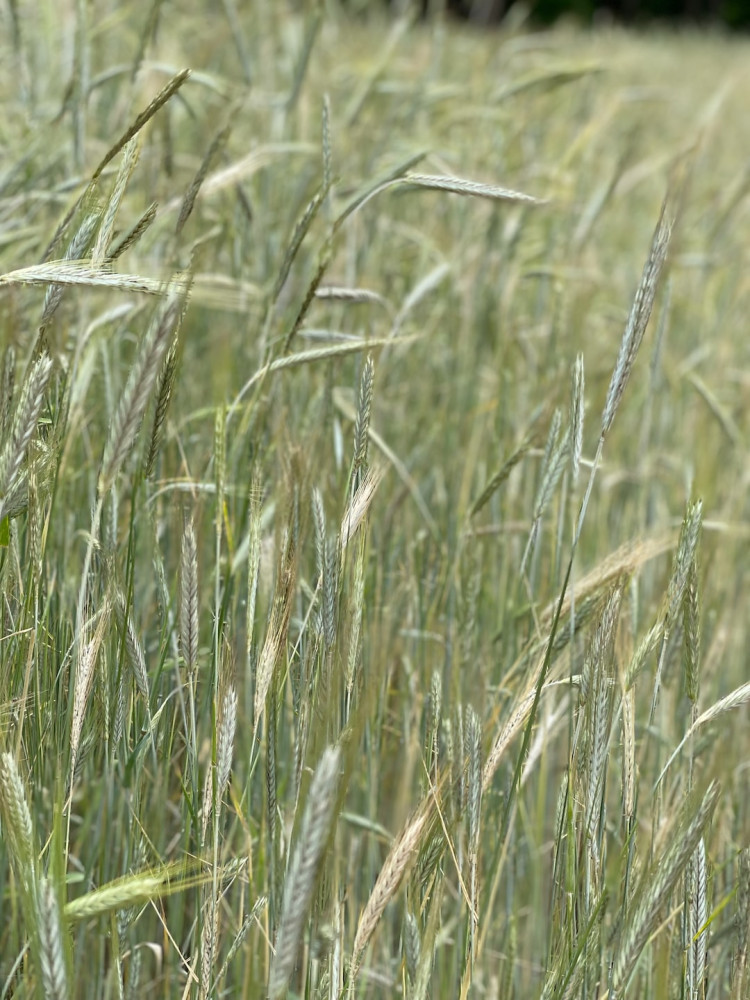
Grassy areas, forests, and shrubs are common tick habitats.
They’ll climb up vegetation and extend their legs to grab onto a host.
Then, they feed on blood, often staying connected for days or weeks.
Ticks prefer warm, humid environments.
They can be found in woodlands, meadows, and urban settings. Leaf litter, undergrowth vegetation, logs, animal burrows, and tree trunks are all potential habitats.
They’re opportunistic, using carbon dioxide emissions or body heat signatures to find hosts.
Ticks are adapted to different habitats.
For example, deer ticks like wooded areas and dog ticks can be found in open grasslands. They have behaviors that help them secure a blood meal.
These include questing and sensing potential hosts.
Controlling ticks is important for minimizing the risks of tick-borne diseases.
To do this, it’s important to understand ticks’ habitat needs and behaviors.
Beetles, on the other hand, have unique behaviors that are bound to surprise you with their size.
Beetle Habitat and Behavior
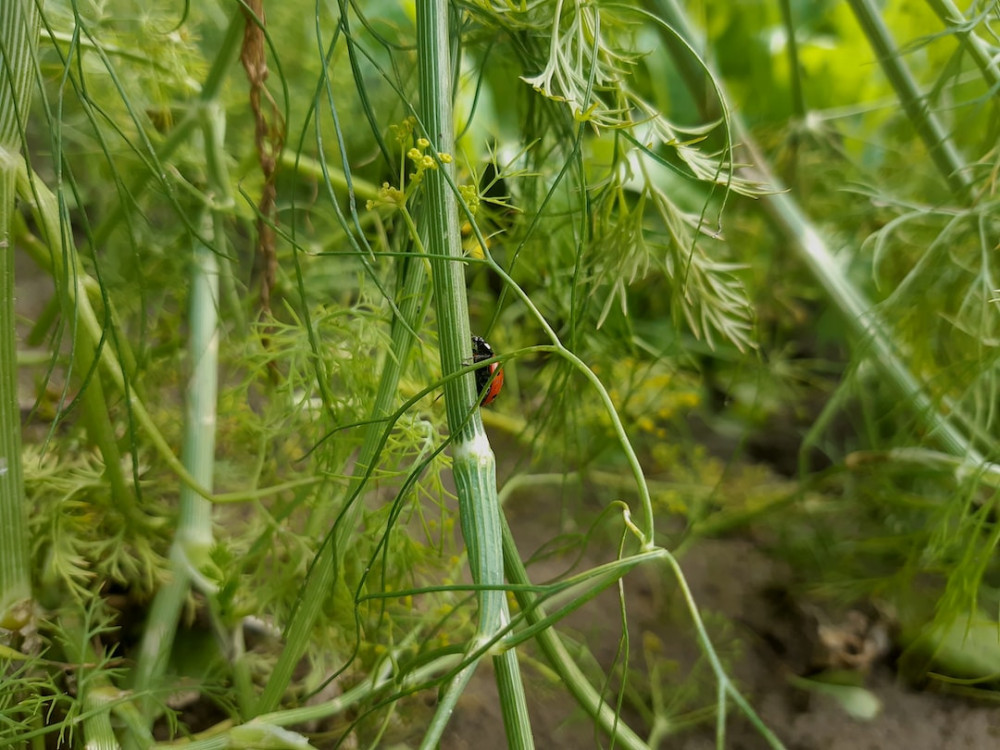
Beetles have their pick when it comes to habitat and behavior.
From forests to grasslands, they can be found.
Beetles are incredibly adaptive creatures. They exhibit many behaviors.
For instance, some feed on plants, some scavenge, and others even hunt other insects! Some beetles fly, some crawl, and some burrow in the ground.
This diverse habitat and behavior make them a top insect success in the animal kingdom.
Health Risks
Ticks and beetles may seem harmless, but they come with a slew of health risks.
Learn about the potential dangers associated with ticks and beetles in this section.
From tick-borne illnesses to beetle-related allergies, we’ll discuss the risks these tiny creatures pose to human health.
Stay informed and discover how to protect yourself from these potential hazards.
Tick Health Risks
Ticks are dangerous creatures, and can pose various health risks.
They feed on blood, which can lead to the transmission of tick-borne diseases.
They inject bacteria, viruses, or parasites into the bloodstream.
Symptoms can range from fever, fatigue, and muscle or joint aches; to neurological complications.
The risk is higher in areas with a high tick population, particularly in warmer months when they are more active.
Lyme disease is a well-known tick-borne ailment, caused by bacterium Borrelia burgdorferi.
Symptoms include fever, headache, fatigue, and a rash called erythema migrans.
If untreated, it can cause long-term complications.
Rocky Mountain spotted fever is another tick-borne disease.
It can cause high fever, headache, muscle pain, and a spotted rash.
Without prompt antibiotics, it can be fatal.
Ticks can also carry babesiosis and anaplasmosis.
Babesiosis is caused by parasites that infect red blood cells, causing similar symptoms to malaria.
Anaplasmosis is caused by bacteria that invade white blood cells, resulting in fever, headache, and flu-like symptoms.
To protect against tick health risks, it is important to take preventive measures.
Wear protective clothing and use insect repellents in tick-infested areas.
Body checks after outdoor activities can help detect attached ticks early, for prompt removal.
Knowing about the health risks associated with ticks is key to taking the right precautions.
Beetle Health Risks
Beetles have potential health threats that need to be taken seriously.
Contact with them can cause skin irritation and allergies.
Some species even carry bacteria and viruses, which can be spread to humans and animals through bites or their droppings.
These pathogens can cause various illnesses.
It is important to take preventive measures when dealing with beetles.
Also, some beetles produce toxins, which can be dangerous if swallowed or inhaled.
These toxins can harm the respiratory and nervous systems.
So, it is vital to be aware of the risks posed by different beetles and take precautions against exposure.
Ticks are notorious for transmitting diseases like Lyme.
But, beetles can also be hazardous.
Unlike ticks, they don’t bite people directly.
But, they can still cause allergies or spread diseases via contact with surfaces or food.
So, it is essential to understand the hazards of beetles and put in place effective preventive and control measures to protect people’s health and safety.
Ticks and beetles: a faceoff between bloodsuckers and destroyers with serious implications for health and the economy.
Nuisance and Economic Impact
Ticks and beetles can wreak havoc on both our lives and our economy.
In this section, we’ll dive into the nuisance and economic impact caused by these pests.
Discover the challenges they pose, the damage they inflict, and the measures taken to mitigate their effects.
Buckle up as we unravel the hidden consequences of tick and beetle infestations, shedding light on the importance of effective pest management strategies.
Tick Nuisance and Economic Impact
Ticks can result in nuisances, plus economic and health problems.
They are small arachnids that attach to the skin of animals, even humans, to feed on blood.
This can cause irritation, itching, and discomfort.
Also, they transmit diseases, such as Lyme and Rocky Mountain spotted fever.
Furthermore, ticks have a detrimental effect on livestock, and outdoor activities like hiking and camping.
They possess qualities that make them hard to control.
They hide in vegetation and can survive in multiple conditions.
Plus, their populations can rise quickly if not managed.
That’s why prevention is essential for reducing the nuisances and economic impacts caused by ticks.
Regularly check yourself, your pets, and your livestock for ticks after spending time outdoors to prevent tick bites and reduce the risks.
Beetle Nuisance and Economic Impact
Beetles can be a real nuisance, causing economic damage.
They can infest crops and invade homes and businesses, damaging property and leading to costly repairs.
Plus, they reproduce quickly and in large numbers, making it hard to control infestations.
This leads to widespread damage and financial loss.
These pests feed on wood, fabric, and stored food products, which makes them destructive in homes and storage areas.
Some beetle species even feed on plant roots or foliage, leading to crop loss and reduced yields.
Beetles have diverse habitat preferences, able to thrive in forests, fields, or urban environments.
They have behaviors such as burrowing, tunneling, or congregating in groups during mating seasons.
Recent studies have found that certain beetles can pose health risks, including allergies, respiratory issues, and diseases such as Lyme disease or hantavirus.
It’s mind-boggling that there are over 350,000 known beetle species worldwide!
This reflects their adaptability and success as a group of insects.
The fight against beetles is ongoing, with prevention and control methods being the first line of defense.
Prevention and Control Methods
Prevention and control methods for ticks and beetles — learn effective strategies to combat these pests and safeguard your surroundings.
Discover practical tips and techniques that can help you keep ticks at bay, reducing the risk of tick-borne diseases.
Explore proactive measures to prevent beetle infestations, protecting your property and garden from potential damage. Take charge of pest control with these valuable insights.
Tick Prevention and Control Methods
To effectively stop and control ticks, multiple methods are needed.
Start with proper landscaping, such as keeping lawns mowed and free of extra vegetation where ticks can thrive.
This helps make it a bad environment for ticks and reduces their numbers.
Build physical barriers, e.g. fences or gates, to keep ticks out of certain areas.
This way, you limit them from entering your property and decrease the risk of infestations.
Inspect pets and kids after they’ve been in tick-infested areas.
This lets you find and remove any attached ticks before they can spread diseases.
Check behind their ears and in their fur for thorough inspection.

Use insect repellents that contain DEET on exposed skin for extra protection against ticks.
Apply them before outdoor activities to reduce the chance of tick bites.
Check and remove ticks from clothing and gear before coming in the house.
Ticks can attach to clothing and gear during outdoor activities, so careful inspection and removal are necessary to prevent them from entering your living space.
Ticks are not only annoying, but also a potential health risk.
They can transmit diseases like Lyme disease, Rocky Mountain spotted fever, and babesiosis to people and animals.
Therefore, taking preventative measures to reduce tick populations and protect yourself from tick bites is essential.
For successful management and eradication of tick infestations, consider professional pest control services.
These services offer expert advice and treatments to control tick populations and ensure a safe living environment.
Preventing and controlling ticks is key to a tick-free environment and keeping yourself, your family, and your pets safe.
Also, address beetle prevention and control. Beetles can damage furniture, so use effective pest control measures to protect your home and belongings from them.
Beetle Prevention and Control Methods
To protect properties from the damaging effects of beetles, prevention and control methods must be implemented.
Regular cleaning, such as vacuuming carpets and dusting furniture, eliminates potential food sources.
Sealing entry points with caulk or weatherstripping prevents them from entering.
Stored products should be kept in airtight containers. In severe cases, a professional pest control service may be necessary – they have access to effective insecticides and treatments.
Depending on the species, advice should be sought from a pest control specialist.
Prevention and control methods can help combat beetle infestations, safeguarding premises.
Conclusion
Ticks and beetles differ in several ways. Ticks are arachnids, while beetles are insects.
Ticks are known for spreading diseases like Lyme, whereas beetles help decompose organic matter.
Ticks are parasites that feed on the blood of hosts, but beetles have diverse diets.
Ticks pose a threat to health, as they can transmit bacteria or viruses through their blood-feeding behavior.
This can lead to diseases including Lyme, babesiosis, and anaplasmosis.
Beetles, on the other hand, are key to the balance of ecosystems. There are over 400,000 species of beetles.
They help pollinate, decompose, and recycle nutrients.
They break down dead plants and animals, and provide vital nutrients to the soil. Some species act as pollinators, aiding in the reproduction of flowering plants.
Some Facts About Tick vs Beetle:
- ✅ Tick and beetle are both types of insects.
- ✅ Ticks have eight legs, two body regions, and no antennae, while beetles have six legs, three body regions, and antennae.
- ✅ Ticks are bloodsuckers and can transmit diseases, while most beetles do not feed on blood and do not pose a threat to humans.
- ✅ Tick infestations are often found on animals, while beetle infestations can occur in various places such as carpets, pantries, and kitchens.
- ✅ Tick bites can cause itching and transmit diseases, while beetle bites are rare and usually do not cause harm to humans.
FAQ
What are tick lookalikes?
Tick lookalikes are insects that resemble ticks but are not bloodsuckers.
Some examples of tick lookalikes include poplar weevils, brown marmorated stink bugs, and clover mites.
How can I differentiate between tick lookalikes and ticks?
Tick lookalikes such as weevil beetles have six legs, three body regions, and antennae, unlike ticks which have eight legs, two body regions, and no antennae.
Spider beetles have round bodies with a smooth carapace, resembling spiders. Ticks, on the other hand, have a different body structure.
Do tick lookalikes pose any threats to humans?
Most tick lookalikes, such as red velvet and clover mites, do not bite humans and only feed on grass, plants, weeds, and flowers.
Brown marmorated stink bugs emit a pungent odor and may gather in large numbers on the sides of houses and buildings, but they do not pose a direct threat to humans.
Can tick lookalikes still cause damage or be a nuisance?
While tick lookalikes may not directly harm or bite humans, some of them can become a nuisance or cause damage.
Varied carpet beetles, for example, infest carpets and other items made of wool, fur, felt, silk, feathers, skins, and leather, potentially causing damage to vulnerable items.
Spider beetles can also be a nuisance when they eat large amounts of food.
Are there any other insects that are often mistaken for ticks?
Yes, other insects that can be mistaken for ticks include fleas, bed bugs, pseudoscorpions, black aphids, larder skin beetles, head lice, harlequin bug nymphs, deer flies, drugstore beetles, cockroach nymphs, and house spiders.
These insects may have certain similarities to ticks but differ in various aspects and behaviors.
Should I be concerned about tick lookalikes as a serious pest?
Tick lookalikes, such as poplar weevils and weevil beetles, are not considered serious pests to humans.
While they may resemble ticks, they do not pose the same level of threat or transmit diseases like ticks do.
It is important to properly identify the insects to minimize any unnecessary concern.
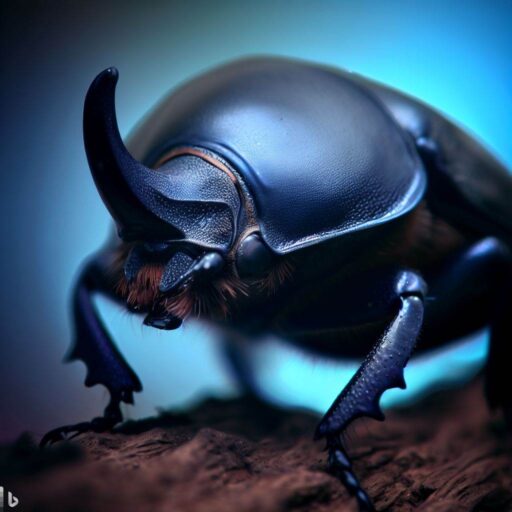




Leave a Reply